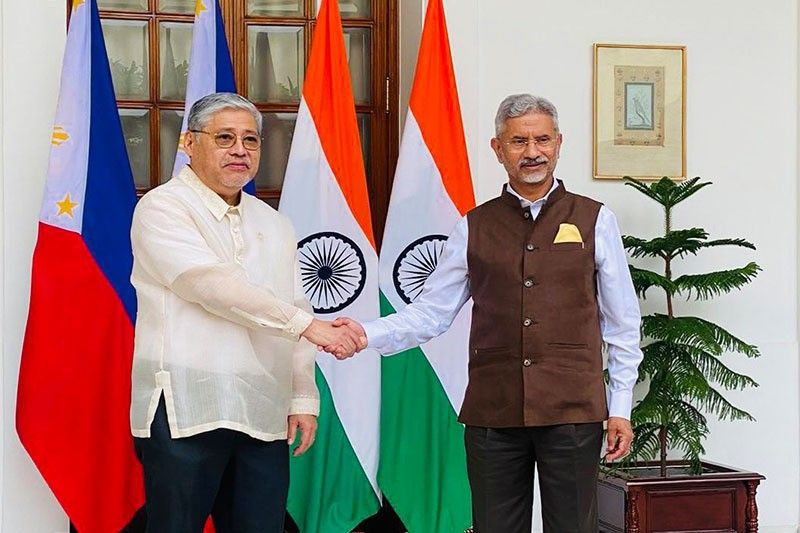New Delhi, July 02: Seven years after historic international arbitration, for the first time, India has openly called on China to adhere to the binding 2016 United Nations Convention on the Law of the Sea (UNCLOS) arbitration decision regarding the South China Sea conflict.
This change in India’s position was emphasized in a joint statement issued by India and the Philippines following the fifth Joint Commission on bilateral cooperation.
South China Sea Dispute:
The South China Sea holds immense strategic importance, serving as a crucial passage for global maritime trade, with over 30% of it passing through the region.
Rich in untapped oil reserves, and natural gas, and boasting one of the world’s largest fishing zones, the South China Sea has been a subject of contention.
China’s claim of over 80% of the entire sea, based on its ‘9-dash line’ theory, has raised concerns among other East Asian countries, including the Philippines.
Over the years, China has engaged in militarization efforts, transforming disputed islands into naval bases for the People’s Liberation Army (PLA).
The Philippines sought a resolution of the dispute by resorting to the Permanent Court of Arbitration under UNCLOS in 2013.
In 2016, the court delivered a binding ruling in favor of Manila, declaring China’s claims “null and void.”
China dismissed the arbitration ruling outrightly and rather intensified its militarization activities in the region.
India’s Position Over Dispute:
India, as not directly involved in the dispute, had maintained a cautious stance, merely “noting” the court’s award since July 2016 and called for a peaceful and mutual resolution of the dispute.
However, amid heightened tensions with China following the fatal Galwan clashes in 2020, India signaled a shift in its position on the South China Sea conflict.
The fifth Joint Commission on bilateral cooperation between India and the Philippines, now sees India explicitly calling for China to ‘abide by the 2016 UNCLOS arbitration award over the South China Sea.’
India’s reiterated call for a free, open, and inclusive Indo-Pacific’, along with adherence to an international rules-based order, signals its condemnation of growing Chinese aggression in the region.
With this Foreign Minister’s joint statement, India has “officially” opened a new front in the ongoing tussle between the two Asian giants.
India is expanding its strategic footprint in the Pacific through naval exercises with QUAD and ASEAN partners and by providing tactical weapons and technology to disputed parties, including the Philippines and Vietnam.
India recently handed over an active-duty missile corvette to Vietnam and entered into a $374.96 million deal with the Philippines for BrahMos supersonic cruise missiles.
By aligning with strategic partners, India aims to establish its strategic presence in the Pacific and counter China’s aggressive expansion in the region.
The response from China was captured in an article published in the state-run tabloid Global Times, quoting Chinese analysts who expressed concern over India’s extended presence in the South China Sea. They claimed that it could complicate the situation, jeopardizing the stability and peace in the region.
This move by India is widely interpreted as a response to China’s growing presence in the Indian Ocean Region, which India considers its traditional backyard.
The evolving dynamics between the two Asian powers will elevate the Indo-Pacific power struggle to a new level, with the South China Sea now increasingly becoming a focal point.






